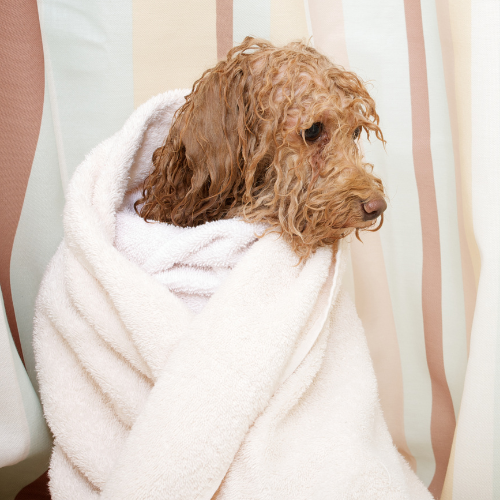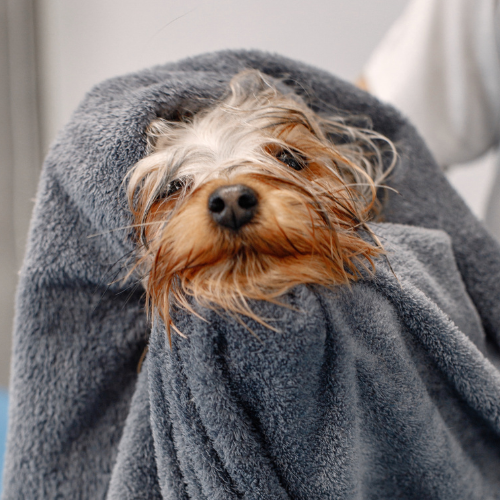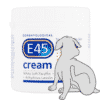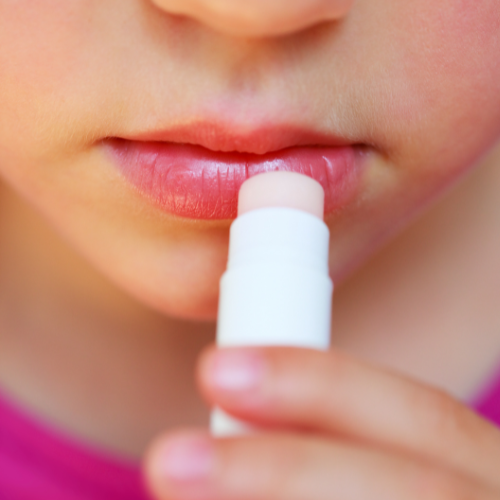Why It Happens and How Long It Lasts
Dogs are naturally equipped with a fur coat to protect themselves from cold conditions. However, after a bath, a dog’s fur becomes wet leaving them vulnerable and their body susceptible to shivering. Shivering is a natural reaction that occurs when a dog becomes cold, the shivering action helps a dog to regular its body temperature in an attempt to keep warm. After a bath if a dog is cold it will usually shiver for around 5-10 minutes, however, the length of time will depend on several factors including The dog’s breed, size, and coat type, the temperature of the bath, the way your dry your dog and the current environment.

For example, a dog with shorter hair will shiver for a shorter amount of time than a long-haired dog due to the density of their coats. The temperature of the bath is arguably the main factor that is why dogs shiver when they get out of the bath. Dog baths should be warm (not hot) and certainly not cold. The temperature of the bath will dictate your dog’s temperature, the colder the bath the longer it will take for your dog to warm up.
Also, the environment your dog is in after the bath and how your dog is dried make a huge difference in how long it takes for them to stop shivering. If the room your dog is in after the bath is cold it will take longer for them to stop likewise if you do not thoroughly dry your dog it will also increase the amount of time it takes for your dog to stop shivering.
Things to Note About Dog’s Shivering After a Bath
It’s important to remember that shivering is a normal and natural response to wet fur and a cold environment, it’s not always a sign of distress. With that said if you notice your dog shivering for an extended period of time or displaying signs of stress and discomfort it might be a good idea to consult your veterinarian or at the very least try to understand why your dog is feeling so cold and rectify the situation by helping them bring their body heat back up to a normal level.
Just to recap shivering in dogs after a bath is a common and normal occurrence but can be prevented by this shivering usually lasts for anywhere between 5-10 minutes.
- Why Do Dogs Like Chapstick [Guide]
- How Do Dogs Know How to Open Doors [Guide]
- Why Do Dogs Love Lamb Chop Toys?
- Is Super Clot Safe for Dogs to Lick?
Preventing Dogs From Shivering After a Bath
Realistically if you are taking the correct steps and giving your dog a bath in the right way its unlikely that they should be shivering. For some dogs, baths are essential and are needed frequently so learning how to keep your dog warm and comfortable is important.

The following are some preventative measures you can take to stop your dog from being cold and shivering after a bath:
- Warm water: Some owners for some reason use cold water to bathe their dogs and this is the main issue that causes shivering. To prevent shivering use warm water that is between 70-80°F. Avoid using hot water at all costs, and use some common sense, extreme temperatures are uncomfortable for dogs and can burn their skin.
- Dry your dog correctly: A wet dog is more likely to shiver than a dry one. Drying your dog thoroughly with a towel or a cloth made specifically for dogs is essential. You can use a hair dryer on low heat (Be warned dogs tend to be scared of hair dryers). Start from the head and work your way down towards the tail, avoiding the face and sensitive areas.
- Cover your dog with a blanket or spare rag. If you have a warm towel or blanket this works better. You could also invest in a moisture-wicking dog towel.
Understanding the Shivering Mechanism in Dogs
It’s important to understand how and why dogs shiver in order to address the issue appropriately. Shivering is an involuntary muscle movement that produces heat and helps raise the body temperature. This physiological response can occur not only after baths, but also when a dog is frightened or stressed. Understanding that dogs may shiver after baths not only because of cold but also due to stress can provide a more comprehensive approach to managing this issue. With this knowledge, you can better anticipate and address the question of how long do dogs shiver after baths.
Factors Influencing Duration of Shivering in Dogs After a Bath
Several factors may influence how long dogs shiver after baths, some of which are out of an owner’s control. Breed, age, and general health can play a role in how quickly a dog can regain its normal body temperature after getting wet. Older dogs, puppies, and dogs with health issues may shiver longer as their bodies struggle to regulate temperature. Always bear these factors in mind when bathing your dog, adjusting your practices to suit their unique needs.
Addressing Prolonged Shivering Post-Bath
While it’s normal for dogs to shiver briefly after a bath, prolonged shivering could be a cause for concern. If your dog continues to shiver for more than 15-20 minutes after a bath, or seems uncomfortable, cold, or lethargic, it may be a good idea to contact a vet. There might be an underlying issue making it harder for your dog to regulate its body temperature. Being aware of these signs and understanding how long dogs should shiver after baths can help ensure your pet’s health and comfort.
Shivering and Bathing Routine: Timing and Frequency
The timing and frequency of baths can also impact how long dogs shiver after baths. Bathing your dog during the warmest part of the day, or in a heated room during winter, can reduce the shivering time. Similarly, if your dog is bathed frequently and is accustomed to the routine, they may shiver less as they become more comfortable with the process. Familiarity and comfort can reduce stress-induced shivering, making the bathing experience more enjoyable for your dog.
Harnessing the Power of Positive Reinforcement
Positive reinforcement can be a useful tool in managing how long dogs shiver after baths. Rewarding your dog after a bath, perhaps with a small treat or their favorite game, can create a positive association with bathing, thereby reducing stress-induced shivering. In turn, this might make them more comfortable and reduce the amount of time they shiver after the bath. Remember, every dog is different and it’s important to tailor your approach to your individual pet’s needs.
Conclusion
Dogs usually shiver for around 5-10 minutes. This time is totally dependent on a number of different factors which we previously mentioned such as size, breed, and type of dog, the temperature of the water, and how you approach drying the dog after the bath.

Shivering in dogs after a bath is quite normal and not a cause for concern in most cases. Realistically if you follow the preventative steps your dog shouldn’t be shivering after a bath at all. With these tips, you can ensure your dog is comfortable and happy and gets the best possible treatment.

Doctor of Veterinary Medicine (D.V.M.) at Nation Taiwan University,Master of Science (M.S.) in Biomedical Engineering at National Taiwan University of Science and Technology




